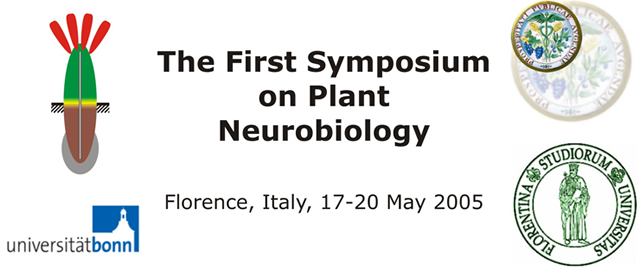|
Why decentralized computation in plants? |
| |
|
Jevin West1, Keith Mott1,
David Peak2 |
1 Biology Department, Utah State University, Logan, UT 84322-5305, USA
2 Physics
Department, Utah State University, Logan, UT 84322-4415, USA |
| *email:
|
| |
|
The what part of information
processing in leaves has been addressed by the plant physiology community. Plants on a daily basis must solve
a constrained optimization problem: how should stomatal aperture should vary for the plant to take up the most
amount of CO2 for a given amount of H2O loss as environmental conditions change
throughout the day? The how part of information processing remains an open question. Traditionally,
stomata were assumed to operate independently, with each stoma processing signals from the environment and the
rest of plant in isolation. However, recent studies have shown that the plant may be solving this constrained
optimization task using emergent distributed computation. The purpose of this study is to address the
why part of the story. Why do plants resort to decentralized computation when there clearly are
disadvantages to this type of information processing (e.g., redundancy, pathological deadlocks and increased
processing time and resource costs)? To address this question, a theoretical analysis has been done addressing
the topics of robustness, metabolic investment costs and evolutionary happenstance. |

